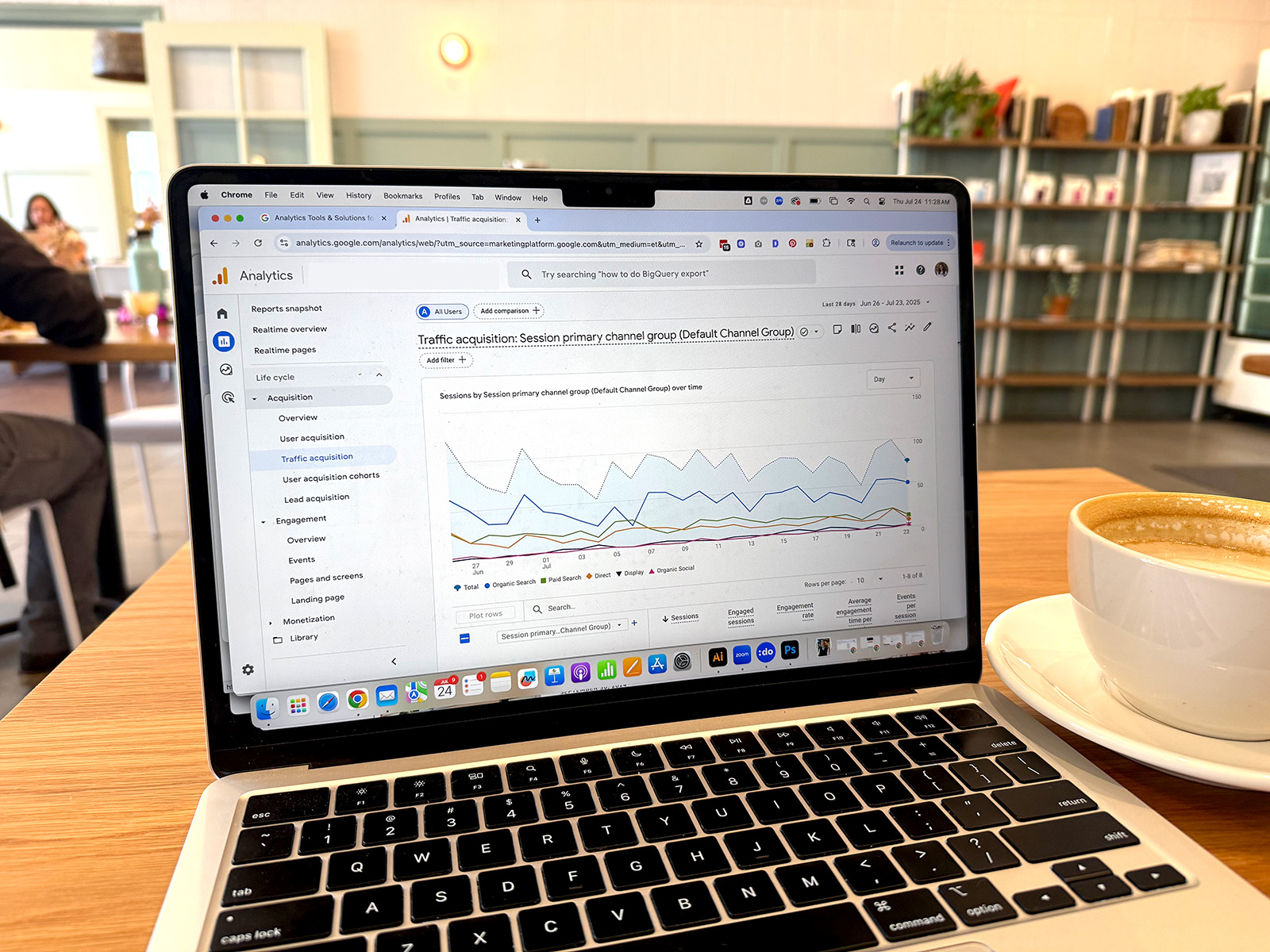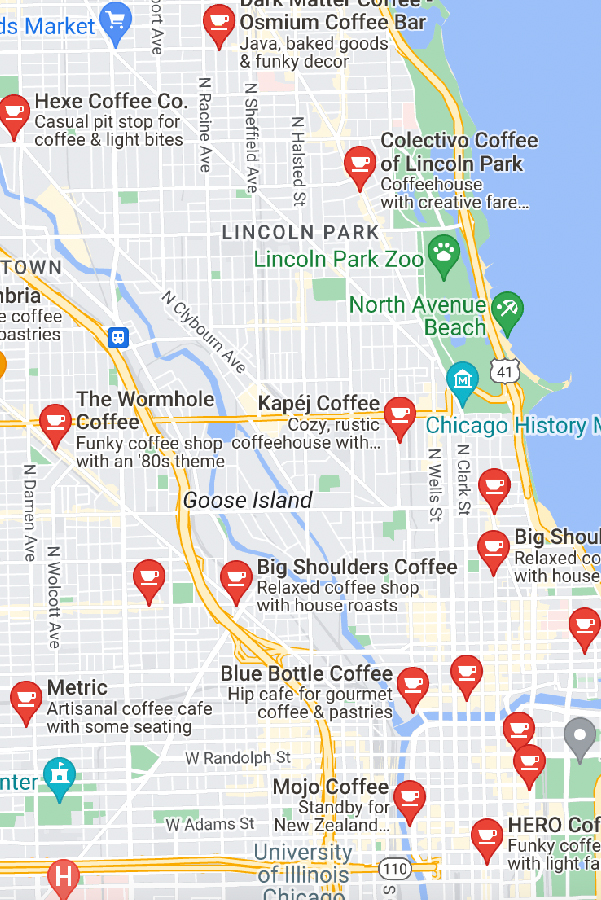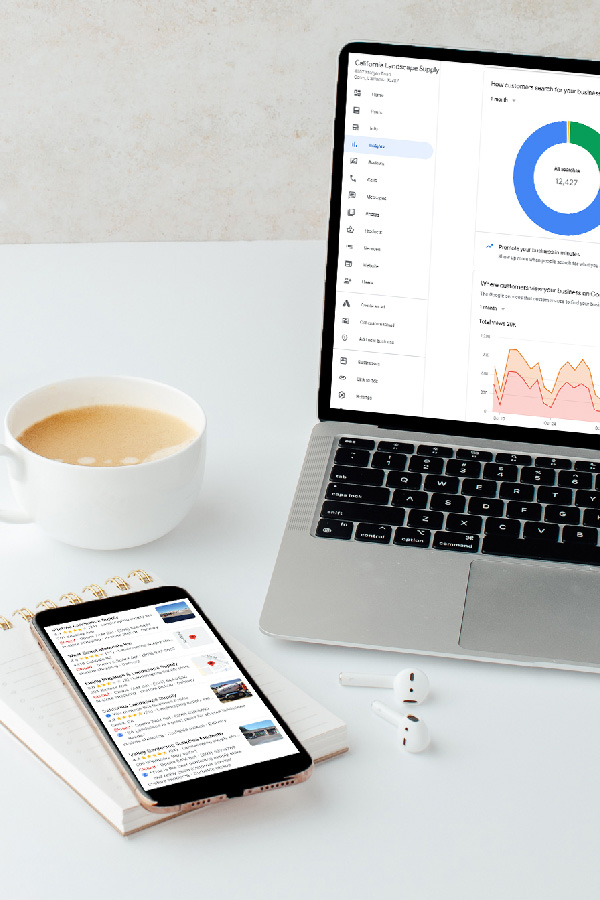Have you ever wondered what makes a website successful? Or really, how do you know if your website is successful?
You’re probably thinking that it has to do with perfectly curated images, fonts, videos, and copy but it is so much more than that. I’ve seen many websites that are not well designed but have amazing performance stats. To really know how well your website is working for you, you need to have software an reports in place to track the important website metrics that pertain to your business.
There are so many ways to measure your website’s success but it’s also determined by you and the goals you’ve set.
Let’s look at the top website metrics to keep track of to measure how well your website is doing and how to make improvements.
Important Website Metrics to Track
1. Traffic
This is the number of visitors your website receives and is a good indicator of its success. There are a couple of definitions to keep in mind when viewing your website’s traffic:
- Session – how many times a person is on your site. If I go to a website in the morning and then again later that day, it will be 2 sessions.
- Users – counts how many unique visitors you have – meaning if the same person visits a website multiple times in one day then it only counts as one person.
A tool I highly recommend using is Google Analytics, which is a free tool used to analyze data from your website in order for you to make data-driven decisions for your business. The insights provided will help you have a strategic and successful website.
By understanding how your audience is finding your website, you’ll be able to see the content that your audience is interested in to refine your content strategy.
2. Conversion Rate
This is the rate that measures how many visitors take a specific action, such as submitting a contact form, making a purchase, or signing up for a newsletter. This key insight will inform you how well your website is generating leads or sales. A few ways you can increase the conversion rate is by:
- Having good copy, which means that the visitor will be persuaded to stay on your site and sign up for your email list or purchase a product or service.
- Limiting distractions – e.g., a pop-up asking for their email address or a website that’s too busy.
- Having strong CTAs on your site to let your audience know the next action to take.
- Including powerful testimonials on your site that tell a story of your client’s transformation by working with you or purchasing the product that you sell.
- Ensuring your website is optimized for both desktop and mobile devices – 59.9% of users access websites via their phone or another device and 74% of users will return to a website if it’s mobile-friendly, which means that both versions of your website are essential.
Having a high conversion rate is a website metric that means your website is doing its job and it’s definitely successful when you’re booked up with clients or sold out of products.
3. Bounce Rate
The bounce rate is exactly what it sounds like when it comes to your website. It’s the percentage of visitors who leave after viewing only one page. A high bounce rate may indicate that your website isn’t engaging enough or is difficult to navigate. 5 ways to decrease your bounce rate are:
- Having engaging content that serves your audience like blogs. Make sure your blogs have catchy headlines and are value-packed to help your audience.
- Fast site speed.. Users don’t like to wait when they’re on a website and if it’s slow they’re more likely to leave and never return.
- Make your website scannable – too much text deters a user from a website so try not to have long paragraphs. Clarity is key.
- Mobile and desktop-friendly so users have no problems visiting your website on either platform.
- Easy Navigation – use clear headings on your navigation and avoid cute names. Clear beats clever every time.
A low bounce rate is a website metric that means your website has the content your audience relates to and finds helpful and there are no formatting issues. However, you’ll never have a 0% bounce rate as viewers may click on your website by accident, it’s not what they are looking for, etc. so don’t get discouraged if you have a bounce rate as everyone has one.
4. Search Engine Rankings
If your website ranks high in search engine results (SERPS) for relevant keywords, it can drive more traffic and leads to your business. This is the page that displays in Google after you Google something. By taking the time to research the best keywords for you in your blogs and website, you can get better results.
To know your organic search data, you need to have a Google Search Console account. Is a must! Google Search Console is a free tool that lets you see how people are coming to your website organically and which search information they are using to get there. It can be very enlightening to learn what keywords people are using to search to find your website!
To take it a step further to help your website rank for new keywords, a couple great SEO resources that I like to use are Ubersuggest and SEM Rush. They are both SEO softwares that help you research new keywords, track your website’s progress, and even allow you to spy on competitor websites to see why Google ranks certain websites over others.
5. Time on Site
This indicates the time that visitors spend on your website and can show whether your content is engaging and relevant to your target audience. To increase the time that visitors spend on your site:
- Think about creating long-form content like blogs that will help solve a problem for the visitor. Make sure there’s an image in the blog post and that the text is easy to read.
- Use compelling images and videos on your sight – people are drawn to great visuals.
6. Mobile Responsiveness
It’s important to check that your website is mobile-friendly and provides a good user experience on smartphones and tablets. With an increase in mobile traffic, making sure your website has no formatting problems means the user will stay on your site longer. You’ll want to make sure contact information like phone numbers, address, and hours of operation are all able to be seen easily on your mobile website.
Recap
By tracking these website metrics and making adjustments to your website as needed, you can see how your website is helping you accomplish your business goals. A website is an investment in your business and knowing it’s performance metrics will help you learn about your customer’s online behavior to make better business decisions.
Curious about how your website looks from a web designer’s perspective?
Simply fill out my contact form if you’d like a website review and I’d be glad to audit your site to share helpful tips to improve your website.



